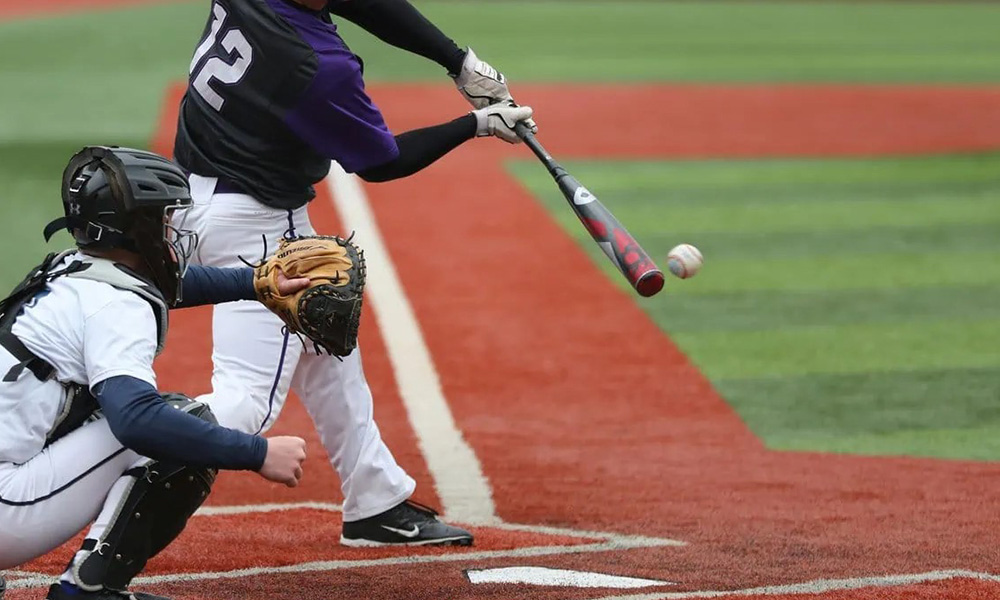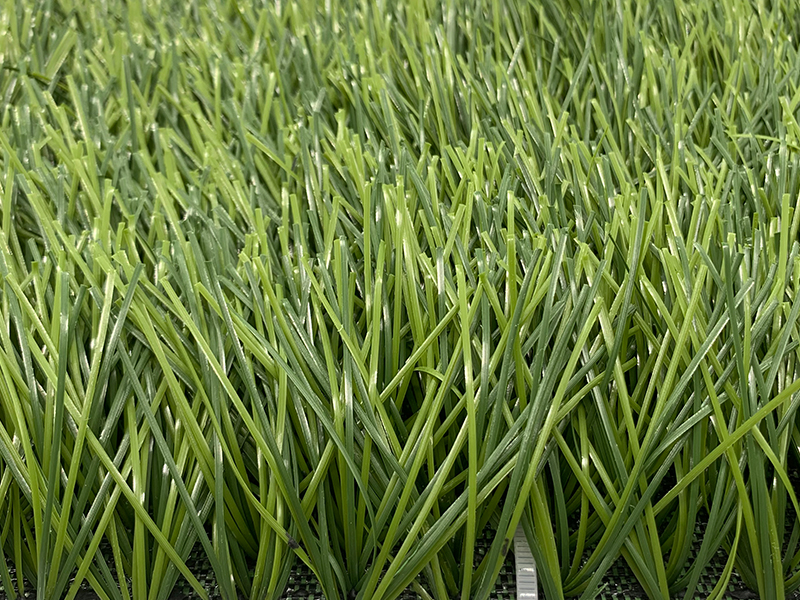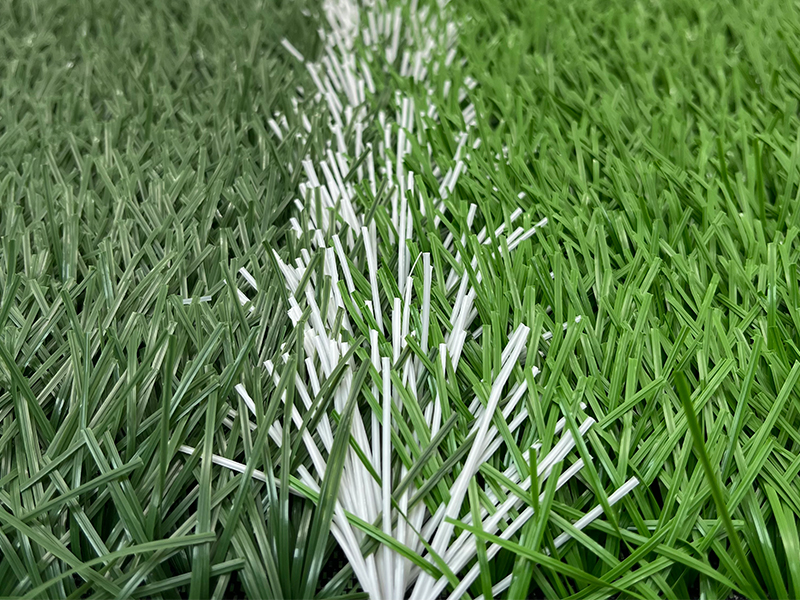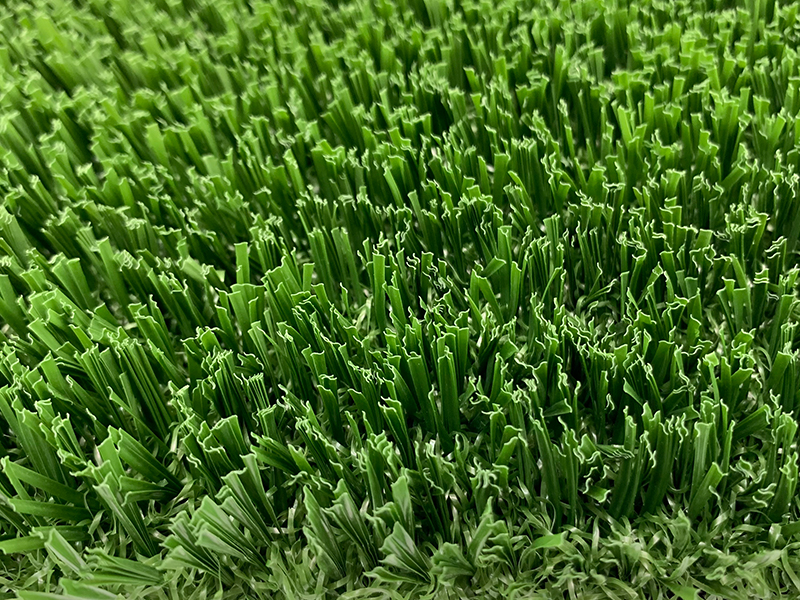Analysis of football field artificial turf specifications
Matching the best grass plan for different venues
In the construction of modern football fields, artificial turf has become the mainstream choice. It not only greatly reduces maintenance costs, but also provides players with a stable and safe sports environment. According to the scale and use requirements of the football field, the specifications and configurations of artificial turf are also different. The following is a detailed introduction:
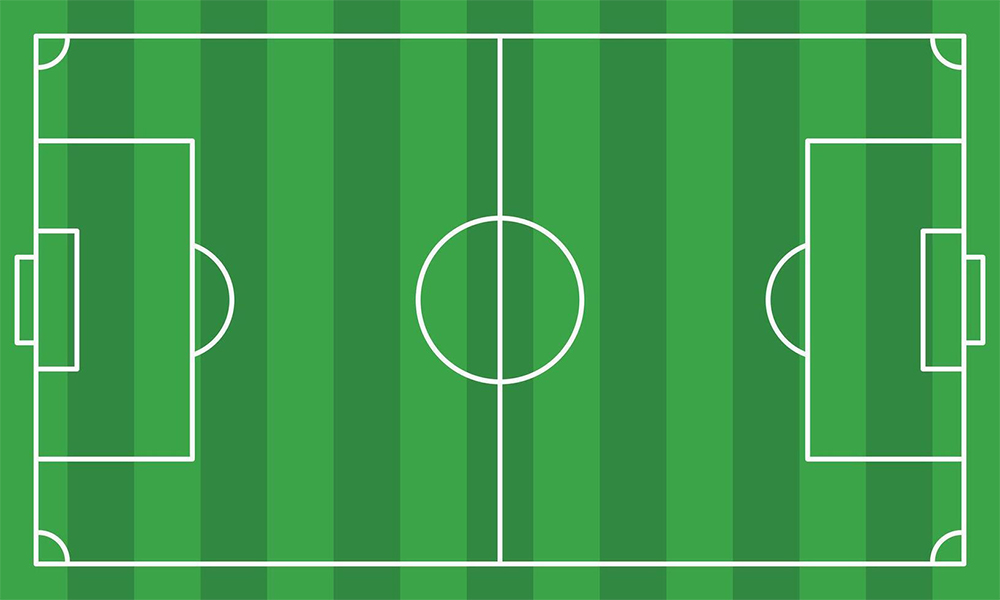
1. Small football field (five-a-side) lawn: non-filling lawn
Scope of application: non-professional small venues such as five-a-side venues, community stadiums, school playgrounds, etc.
Lawn structure and specifications:
Grass height: 30-40mm
Grass fiber combination: straight grass + curved grass mixture
Lawn density: high-density structure
Auxiliary materials: no need to fill quartz sand and rubber particles
Main advantages:
Easy construction: no complicated filling process is required, and it can be laid quickly.
Cost saving: save the cost of filling materials and part of the construction cost.
Strong applicability: suitable for use scenarios such as children, amateurs and community activities.
2. Professional football field turf: standard monofilament turf
Scope of application: 11-a-side standard football field, professional training base, high-level competitive field, etc.
Turf structure and specifications:
Grass height: 50mm (±2mm)
Turf density: about 10500 clusters/㎡
Auxiliary filling:
Quartz sand: thickness of about 4.5cm
Rubber particles: mixed filling, so that the grass tip is exposed about 0.5cm
Main advantages:
High simulation: visual and tactile closer to natural turf.
Superior performance: has excellent elasticity and cushioning effect, protecting athletes' knees and ankles.
Suitable for professional events: meets international certification venue standards and is suitable for high-intensity competitions.
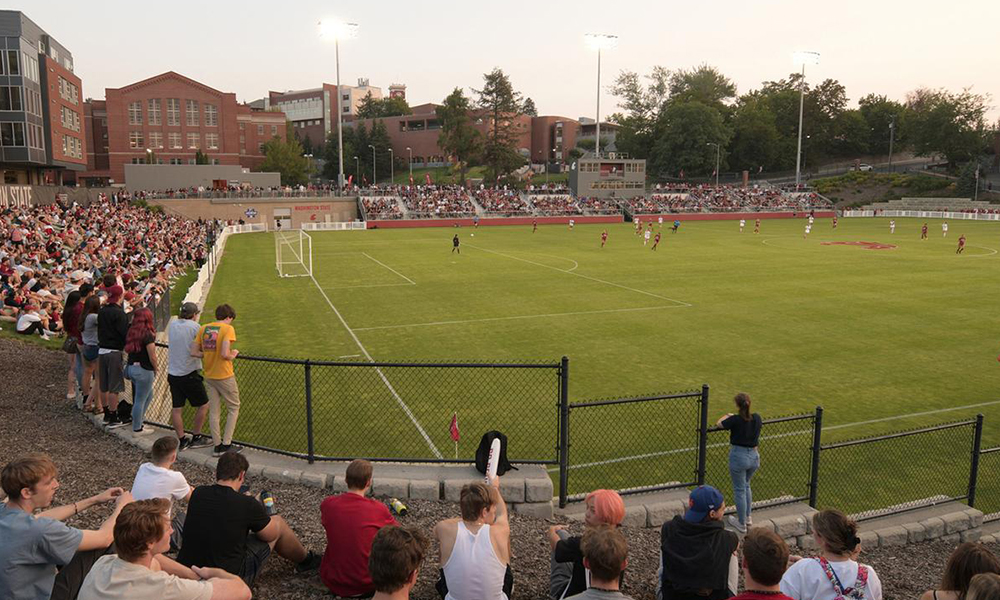
3. Key points of football field infrastructure construction
No matter which type of turf is used, the quality of foundation construction directly determines the service life and performance of the field.
Flatness and drainage system
Foundation type: cement concrete or asphalt foundation can be selected.
Leveling error control: the error within 3 meters should be less than 5mm.
Drainage slope: The site needs to have a slope of 3-5% to ensure rapid drainage and prevent water accumulation.
Waterproof and antifreeze treatment (suitable for cold areas)
Geotextile: As a base buffer layer to absorb small ground displacements.
Drainage ditch protection: Waterproof treatment to extend the service life of the drainage system.
Foundation maintenance period
Recommended maintenance period: After the foundation construction is completed, maintenance is required for 30 days to ensure structural stability and paving quality.
4. Comprehensive advantages of artificial turf
Durability and stability
High-quality turf has excellent wear resistance, UV resistance, and anti-aging properties, and can adapt to various climatic conditions.
Reduce operating costs
Artificial turf requires almost no irrigation, fertilization, and regular mowing, which greatly saves later maintenance costs.
Environmentally friendly and sustainable
The turf material can be recycled and reused, and environmentally friendly processes are used in the production process to reduce the burden on the environment.
Multifunctional application
In addition to football fields, artificial turf is also widely used in tennis, golf, hockey, multi-purpose sports fields and other projects.
Summary:
Choosing the right artificial turf specifications not only affects the use effect of the football field, but also affects the subsequent maintenance efficiency and cost control. Small venues are recommended to use non-filled turf, focusing on convenience and cost-effectiveness; while standard professional stadiums should use monofilament filled turf to obtain the best competitive performance. Through scientific and reasonable infrastructure construction and turf selection, an ideal football field with high standards, low maintenance and long-term durability can be created.


